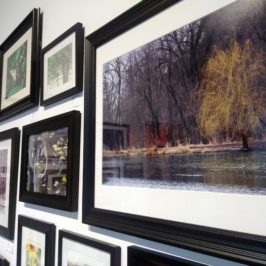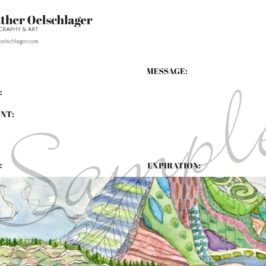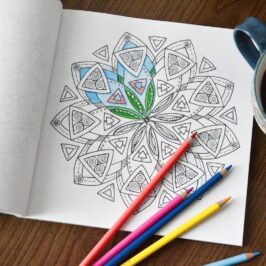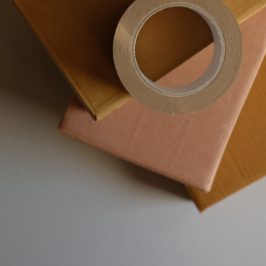When the technology evolved in the late 1980’s to create fine art reproductions of artwork and photographs using digital printing presses, the term giclée was coined. These Iris printers are large-format professional inkjet machines.
Fine Art Prints at Heather Oelschlager Photography & Art
Every fine art print offered here at HOPA is professionally printed on machines like this, with archival museum quality inks, pigments, and papers. Giclée as it was intended. By using special inks and papers, high-quality prints are created to closely replicate the original paintings in appearance. With proper framing, display, and care the prints become lasting works to pass down through generations and appreciated. Just as are original works, giclée prints are considered valuable investments. The possibility of owning a replication makes art affordable to everyone. No one has to fight over owning an only copy.

One should be aware that not all reproductions out there that people declare as giclée actually are. Some people make reproductions claiming them to be giclée, while realistically they are printing with substandard dye-based inks and papers on home printers and copiers. To be actual giclée, high-standard quality criteria must be met, like was mentioned earlier. Archival papers or canvas must be used. Producing actual giclée requires proper equipment and technical skills.
Limited Editions
A specified, numbered set of fine art prints is a limited edition. To make a limited edition, an artist decides on a set number of prints that will be produced and sold and then that artwork is unavailable in that format. This of course affects the value and price. Prints from a limited reproduction run are numbered in pencil and typically hand-signed by the artist. You can spot a limited edition when you look for a signature and see the number, such as 15/100. This would mean the artist offered only 100 copies of that work, and the fifteenth in the run is that particular piece.
Many areas of art offer limited editions, but it is especially common with lithograph printing, which requires an artist to print and purchase a specific amount of reproductions in advance of sales. Whereas now, digital technology makes possible printing in smaller quantities or on-demand (on an individual or as-need basis). Lithography involves creating a printing plate from the original image and making a reproduction with water and oil-based inks. This is a more labor-intensive and expensive process. To be cost-effective at least 100 lithograph prints must be produced. That is why limited edition lithographs are often found in incremental sets of one hundred. Professional printing companies are still found to create lithographs for artists, but lithography is also practiced an art form itself.
If you’d like to read more about lithographs, this article at Invaluable.com is helpful. Click to read.
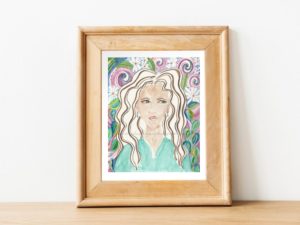
Protecting Your Giclée
Once you purchase a giclée, or any artwork for that matter, it is important to protect your investment. This means having the print properly matted and framed. A mat and the items used for adhering and the backing must all be acid-free and archival. The frame should include an archival glass or plexi, typically called Museum Glass or Conservation Glass. Professional framers are able to work with your piece to properly frame it. This ensures the longevity of your art.
Displaying your artwork is also key. Whether it is a framed print, a canvas in a floating frame, or an original work. The piece must not be hung in any direct sunlight and should not be in line of a air/heating vents that would stream temperature fluctuations. Moisture levels of the space should be taken under considerations as well, as humidity affects the lifetime of a piece as well.
The Future of Printing
With advancements in technology, there are so many possibilities yet to come. Imagine even now, with 3D printing technology, there is the capability to replicate sculptures and statuary and such. Even if it’s not practical or economical to do so yet. It will be interesting to see what opportunities come. But in the end, the real beauty lies in the hands of the creator, sitting with their pens, brushes, clay, inks, paints, paper, fibers, wood, glass, and all, quietly bringing out of themselves what their minds and hearts imagine.
Follow Heather’s ART on Instagram, Photography on Instagram, and HOPA on Facebook


